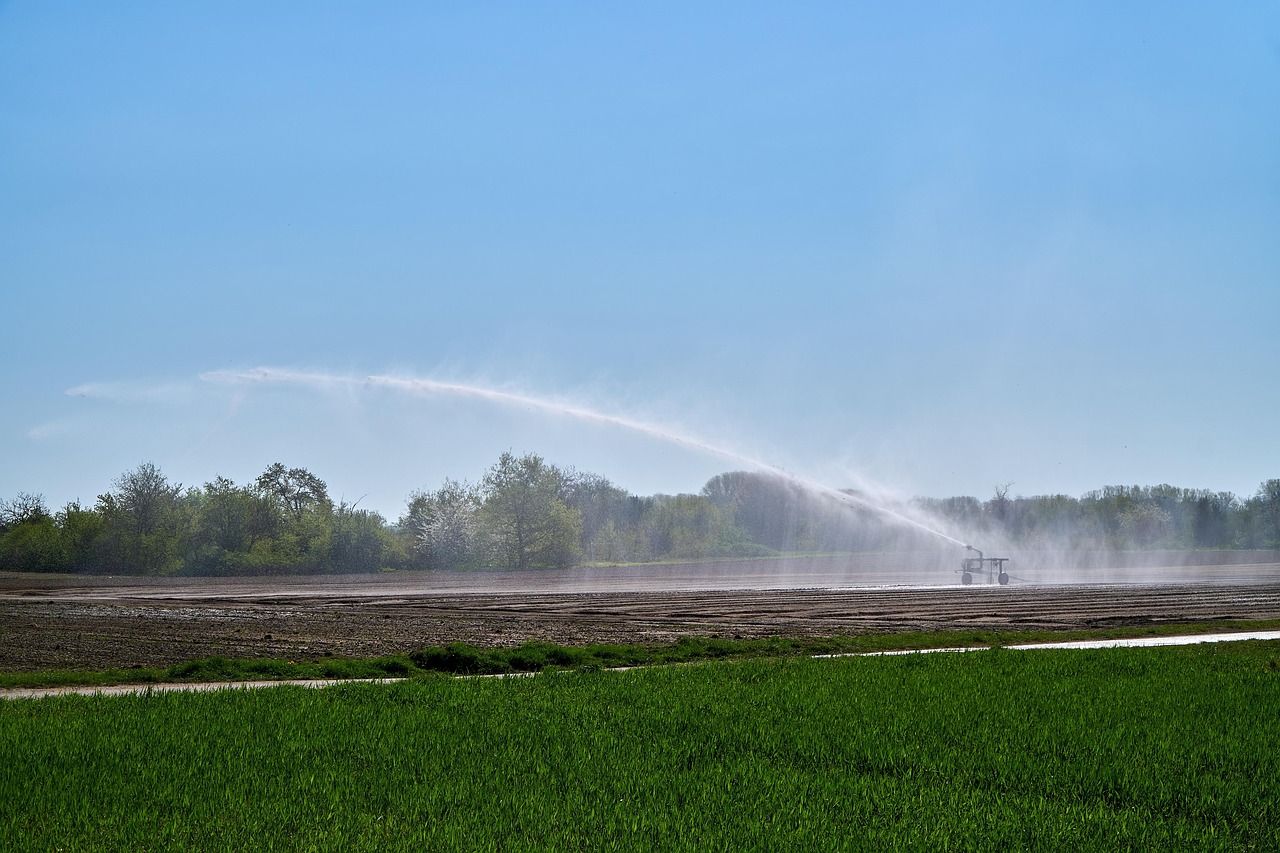Efficient irrigation systems for farms explained
Overview of the Great Basin Water Cycle, Efficient irrigation systems for farms, etc
A Thirsty Land: The Great Basin Faces a Water Crisis
The Great Basin, a vast high-desert region stretching across parts of Nevada, Utah, California, Oregon, Idaho, and Wyoming, is facing a critical water crisis. This arid landscape, with its unique water cycle, is struggling to sustain life in the face of increasing drought and dwindling water resources.
The Active Climate Rescue Initiative is a dedicated group of individuals working tirelessly to find solutions to this pressing issue. Their mission? To protect the future of the Great Basin by promoting water conservation and exploring innovative ways to manage this precious resource.
A Watery Journey:
The Great Basin’s water cycle is a delicate dance, reliant on limited rainfall and snowmelt that feed rivers and streams. But climate change has disrupted this delicate balance, leading to prolonged droughts and a growing thirst for water.
Working Together for a Sustainable Future:
The Active Climate Rescue Initiative is not just a group; it’s a movement. They believe that by uniting communities, scientists, and policymakers, they can find sustainable solutions to address the water crisis.
Learn More:
To discover more about the Active Climate Rescue Initiative and their ongoing efforts to protect the Great Basin, visit their website: https://climate-rescue.org/.
Join the movement, learn about the water crisis, and contribute to a brighter future for the Great Basin.
The Great Basin: A Thirsty Land
TL;DR – Too Long; Didn’t Read: The Great Basin is a dry place that relies on a unique water cycle. Climate change is making things even drier, leading to water shortages. We need to find ways to use less water, like using smarter irrigation, and to work together to solve this problem.
A Watery Journey: The Great Basin Water Cycle
The Great Basin is a vast, high-desert region in the western United States, covering parts of Nevada, Utah, California, Oregon, Idaho, and Wyoming. Imagine a giant bathtub with no drain – that’s the Great Basin! Water flows in but doesn’t flow out to the ocean. This makes the region’s water cycle unique.
Here’s how it works:
- Evaporation: The sun heats up water in lakes, rivers, and soil, turning it into vapor, or water that floats in the air.
- Precipitation: This water vapor rises and cools, forming clouds. When the clouds get too full, the water falls back to earth as rain, snow, or hail.
- Runoff: Rain and melted snow can flow over the ground, creating rivers and streams.
- Infiltration: Water can also soak into the ground, creating underground sources of water called aquifers.
The Challenge: The Great Basin is naturally dry. Less than 10 inches of rain falls each year in most parts, making it a challenge to get enough water for people, animals, and plants.
Climate Change’s Impact: Making Things Worse
Climate change is making the water shortage problem even worse. Here’s why:
- Rising Temperatures: Higher temperatures lead to more evaporation. This means less water stays in rivers, lakes, and soil.
- Shifting Precipitation Patterns: Rainfall patterns are changing, with some areas getting less rain and other areas getting more. This can make water shortages worse in some places.
- Melting Snowpack: The snowpack in the mountains is vital for supplying water throughout the year. But warmer temperatures are causing the snow to melt earlier and faster, which reduces the amount of water available during the summer.
Solutions: Working Together to Save Water
We need to find ways to use water wisely and conserve it to protect our future.
Here are some ideas:
- Efficient Irrigation Systems: Farmers are using new technologies to use less water to grow crops. For example, drip irrigation systems deliver water directly to the roots of plants, reducing waste.
- Water Conservation Practices: Everyone can do their part to save water. This includes taking shorter showers, fixing leaky faucets, and watering lawns less often.
- Policy Measures: Governments can play a role by setting water use limits and encouraging conservation.
The Active Climate Rescue Initiative
The Active Climate Rescue Initiative is a group of people dedicated to finding solutions to the water crisis in the Great Basin. They are working on projects that help communities conserve water, improve water management, and reduce the impacts of climate change.
Summary
The Great Basin is a unique region with a fragile water cycle. Climate change is making water shortages more severe, and we need to act now to protect our water resources. By using water wisely, supporting innovative solutions, and working together, we can ensure a sustainable future for the Great Basin and its people.
If you want to learn more about the Active Climate Rescue Initiative and how they are working to address the water crisis in the Great Basin, visit their website at: https://climate-rescue.org/
More on Efficient irrigation systems for farms…
- ## SEO Keywords for Efficient Irrigation Systems for Farms:
- efficient irrigation systems for farms
- water-saving irrigation technology
- precision irrigation systems
- drip irrigation systems
- sprinkler irrigation systems
- smart irrigation systems
- irrigation system optimization
- water conservation in agriculture
- irrigation efficiency
- farm water management
- agricultural water use
- irrigation scheduling
- automated irrigation systems
- irrigation system design
- irrigation system installation
- irrigation system maintenance
- irrigation system costs
- benefits of efficient irrigation
- sustainable irrigation practices
- water stress in agriculture
- drought-resistant irrigation
- irrigation for different crops
- irrigation for fruit trees
- irrigation for vegetables
- irrigation for vineyards
- irrigation for livestock
- irrigation for pasture
- ## SEO Keywords for Overview of the Great Basin Water Cycle:
- Great Basin water cycle
- Great Basin hydrology
- Great Basin water resources
- Great Basin precipitation
- Great Basin evaporation
- Great Basin runoff
- Great Basin groundwater
- Great Basin water scarcity
- Great Basin water management
- Great Basin drought
- Great Basin climate change
- Great Basin water conservation
- Great Basin water use
- Great Basin water policy
- Great Basin water quality
- Great Basin water supply
- Great Basin water demand
- Great Basin water projects
- Great Basin water infrastructure
- Great Basin water challenges
- Great Basin water future
- This is not an exhaustive list, but it should give you a good starting point. You can also use tools like Google Keyword Planner to find more specific keywords related to your topic.




